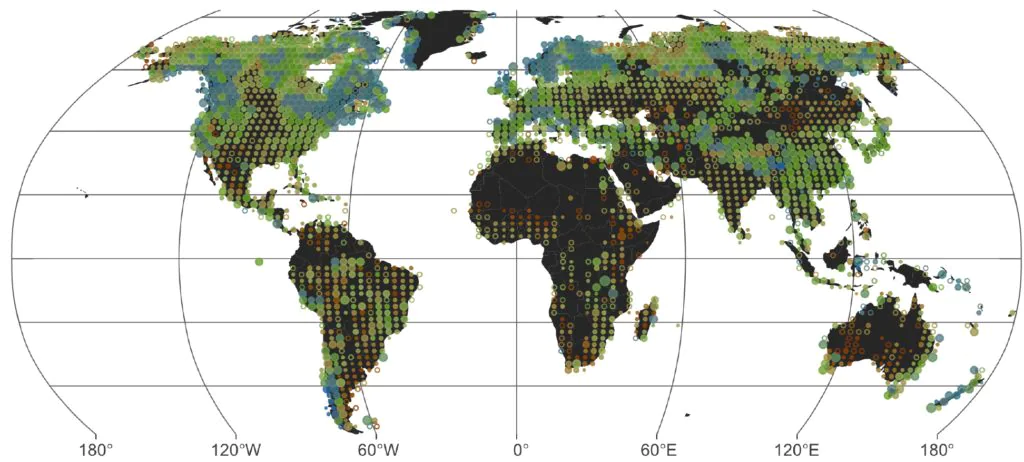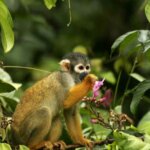Goodbye to the beautiful blue lakes: climate change is making them disappear
By analyzing data from over 85,000 lakes, scientists determined that the blue ones are in decline, due to the impact of global warming.
Blue lakes are among the ecosystems more fascinating and rich in biodiversity on the Terra, as well as highly appreciated tourist destinations and sources of multiple services, from water supplies to aquaculture. But these water mirrors are often represented as a symbol of purity and unspoiled nature literally risks disappearing because of climate changes.
Il global warming fact, the color of the lakes is progressively changing, making them all Verdi e chestnuts. In the future, if we fail to control the greenhouse gas emissions (such as carbon dioxide and methane) and average temperatures will continue inexorably to rise, these magnificent ecosystems will be destined to become less and less.
This was determined by an American research team led by scientists from the University of North Carolina at Chapel Hill, who collaborated closely with colleagues from the Department of Geography, Geology and the Environment of the State University of Illinois, of the Department of Geology of the University of Pittsburgh, the State University of Colorado and other universities with stars and stripes.
The researchers, led by Professor Xiao Yang of the North Carolina Department of Marine, Earth and Environmental Sciences, came to their conclusions after statistically analyzing over 5 million data on the color of the lakes collected by satellite surveys conducted between 2013 and 2020. Over 85,000 lakes and other reservoirs around the world were involved.
From the analysis of the data, Professor Yang and colleagues determined that blue lakes currently account for about 30 percent of all those present on Earth. They are mainly concentrated in cooler areas and at high latitudes of the planet, where they occur more abundant rains and bodies of water tend to be covered by layers of ice during the cold months of the year. THE green-brown lakes on the other hand are more common (71 percent), with higher concentrations in the zone a ride along the coasts and in the heart of the continents.
New Zealand wants to tax cow and sheep burps to combat climate change

Blue and green lakes. Credit: AGU/Geophysical Research Letters
The color of the lakes is influenced by multiple factors, such as depth and the presence of algae but the researchers determined that the air temperature, rainfall, geographic location, and other characteristics play a role. With the increase in temperatures catalyzed by climate change, the algal proliferation, which in turn turns the blue color into green and brown.
This is not just a change in hue, as the presence of algae has an impact on ecological balance and the quality of the water. As pointed out by the study authors, getting drinking water from lakes no longer blue can be more expensive, moreover, certain species of pesci can disappear.
Scientists determined the color of the lakes analyzed based on the most frequent over 7 years. They have thus developed a sort of map (available by clicking on this link) thanks to which it is possible to evaluate the situation on a global level. According to scientists, 14 percent of the planet's blue lakes would disappear with a 3 ° C rise in the summer.
"Warmer water, which produces more algal blooms, will tend to shift lakes to green colors," said in a press release by Professor Catherine O'Reilly, Illinois State University water ecologist and co-author. of the study. “There are many examples of people who saw this happen when they studied a single lake,” she added.
The lakes are acquiring an "increasingly green color", echoed Professor Yang, with particular reference to the lakes of the arctic regions. In addition to the ecological and services point of view, green lakes may no longer be attractive from a cultural and recreational point of view, also because "no one wants to swim in a green lake", said Professor O'Reilly. The details of the research “The Color of Earth's Lakes” have been published in the scientific journal Geophysical Research Letters.



